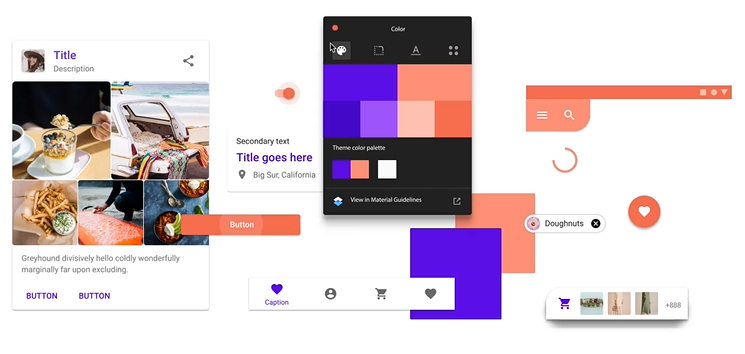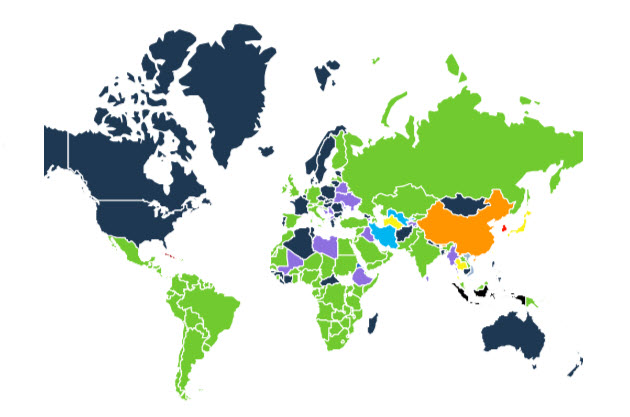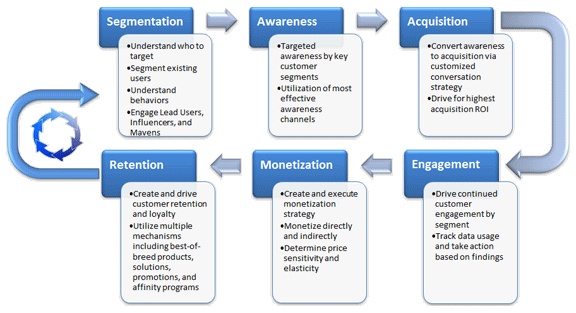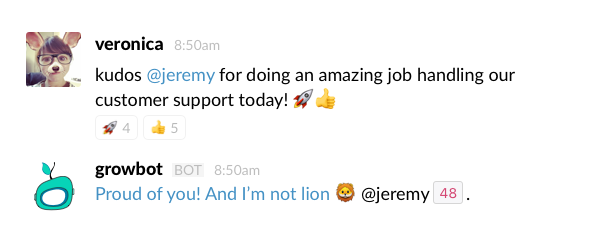From yahoo chat that started in those early days of internet to Snapchat, WhatsApp and Facebook’s highly sophisticated chat messenger, online Chat applications have evolved dramatically over the last decade.
With multi-tasking mechanism playing the major focus, today’s chat apps are explored globally by billions of users for both personal as well as commercial fulfillment.
At the heart of these chat app innovation lies fascination for mobile technology that was earlier seen as a fleeting fad.
The reason why chat apps are exercised with great sincerity is the fact that there is a subtle opportunity to transform chat application services into a major marketing and purchase channels. Artificial intelligence must also play a curious role here.
As we progress in this blog, we are going to glance at how chat apps are playing several roles, including enhancing engagements, monetization and user retention and more.
Mobile Chat Apps Drive Unprecedented Opportunities
As now more than 70% of total visits on top digital news websites come from mobile devices, the need for developing mobile-specific chat apps has escalated.
A lot of traffic and referrals observed on news organizations belong to social platforms, which translates into a great opportunity for relationship building and audience engagement.
Chat messengers present themselves as representatives of socials on mobile and drive the size of traffic too huge to ignore.
Unique Apps For Prolific Engagement

WhatsApp, Viber, WeChat and Facebook messenger all created an ecosystem that demonstrates immense uniqueness, each offering opportunity to engage with friends and connection in an unforeseen chat environment.
Providing users with rich features, these apps deliver incredible live chat experience, allowing users to share text messages, images, emoticons, stickers, audio and video clips and other media content.
The ability to send numerous formats of media files among many friends as well as capability to create personalized groups make the experience even more exciting.
As these top-rated chat apps surpassed the initial purpose of ‘staying connected’ by enabling style and elegance, the user engagement as a result grew more prolific than ever.
Multipurpose Use of Mobile Chat Apps
Though, today many chat apps innovations are launched by U.S. and Europe-based software companies, a large number of chat apps are originally thought-processed in Asia on prominent platforms such as LINE and WeChat.
In a flow that seems to move from East to West, Western apps are often derived from these Asian platforms.

For instance, WeChat has its stronghold in China and resembles the classic chat experience provided by AOL and Yahoo with unusual twists and features.
WeChat is more than just mere chat and news reading; users can pay bills, make purchases, book transportations, doctor’s appointments and reservations, watch traffic updates and report suspicious incidents and also earn loyalty rewards.
Though other markets do not claim the similar success of mobile apps as observed in China, it is considered as no less than an inspiration for Western chat apps makers attempting to imitate such growth and monetization globally.
LINE on the other end is Japan’s original, advanced and feature-rich platform that generated nearly $656 million revenue in 2014 – which in a way casts a big shadow over Western messenger app leaders claiming billion-dollar evaluation through monetization.
Chat Apps For Demographics and Countries

When it comes to being the stronghold in certain regions, WhatsApp, Facebook Messenger and Viber found home across global countries and yet these tiny group of apps struggle to generate interest in certain countries. On the other side, messengers like LINE, Tango, WeChat and KakaoTalk successfully dominate specific markets and regions while losing its charm in others.
Even across demographics, performance of apps varies among millennials and are never uniform. While Snapchat, LINE and WhatsApp excite young and female millennials, apps like Tango that triumph with millions of active users majorly appeal to users aged between 25 to 50.
Product Promotion, Loyalty and Monetization

There are chat apps that support you well if you wish to drive traffic back to your website or commercial mobile app. Depending on product and services, you can tempt and engage users on specific chat apps like WhatsApp and tell them to click URL links shared in there.
Brands can leverage users’ WhatsApp contact and send messages for order confirmation and promotion, thereby giving them the benefits of loyalty. LINE and Viber come handy for paid Sticker/emoji pack campaign, which helps you monetize subscriptions.
However, this is clearly not possible with Snapchat as it does not support clickable URL links. Chat apps, thus, can be built to serve diverse purposes, each offering different features than the other. You must opt for the one that befits and matches the strategy on your mind.
Carving Chat Bots-Driven Experience
With an aim to perfect the user experience and achieve engagement on a much deeper level, publishers started providing push notifications and even chatbot experiences.

More effective than Facebook and Twitter in their original version, these chat apps with programmable robots can converse with users virtually or prepare ready made expressions and responses to minimize manual hassle.
LINE has dabbled in this initiative for a while as an experiment and found that over 50% of push messages are read by followers with official accounts.
Due to more compact experience and quick access, chatbots offer a high chance to turn into an advantage for modern users. As a result, chat app millennials are likely to replace social network news feeds with chatbot-enabled services.
Connecting with Audience in Novel Ways
Based on what we have observed in the chat app market, the factor that actually boosts prevalence of a chat application has a lot to do with how it connects well with the audience and looks relevant.
Having billions of active users involved in major chat apps, these chat apps reinvent the way people ‘should’ connect. App publishers constantly keep the interest alive in order to develop the large audience.
Read also : How To Create A Chat App Successfully
Modern Messaging apps for example offer a great deal of engaging features some which are not available on social platforms. Publishers invent novel ways and develop outstanding tools to let people tell their stories creatively.
BuzzFeed is a great example of supplying publisher-branded emojis to improve personal conversations on chat apps like LINE. Snapchat on the other hand lets users fiddle with (write or draw) the ready content from publishers before it is sent.
Collaborative Value
With the inception of chat platforms like LINE, WeChat, Tango that demonstrate diverse opportunities in the chat ecosystem, users can relish chat apps that create special moments for them as they connect, collaborate and share.
For readers and viewers, this is a great way to come together and discuss a range of topics in a unique way. For instance, Kik and Tango are one of those platforms that let you create standalone chat rooms where users can connect to discuss interesting topics.
Read also : How To Create a Messaging App Like Whatsapp?
On the other hand, there is Snapchat’s Live Stories that best appeals to Snapchat community and allows people from a specific geo-location to share eyewitness media to a crowd sourced video piece.
Such approach in a chat ecosystem is shown to add substantial collaborative value to a chat app, carving an all-new purpose.
Conclusion
From above discussion, it is evident how chat applications are purposed to play various roles in addition to acting as a chat communication medium.
As days pass by, chat messengers are going to be even more advanced in its capability. While app publishers exhibit immense joy, optimism and excitement for their success so far, they all almost agree that chat app industry is still its experimental and exploratory phase.
After spending loads of time perfecting user experience, publishers now gravitate to media-powered partnerships. Hope you have learned enough from chat apps success stories to initiate your own experiment.


